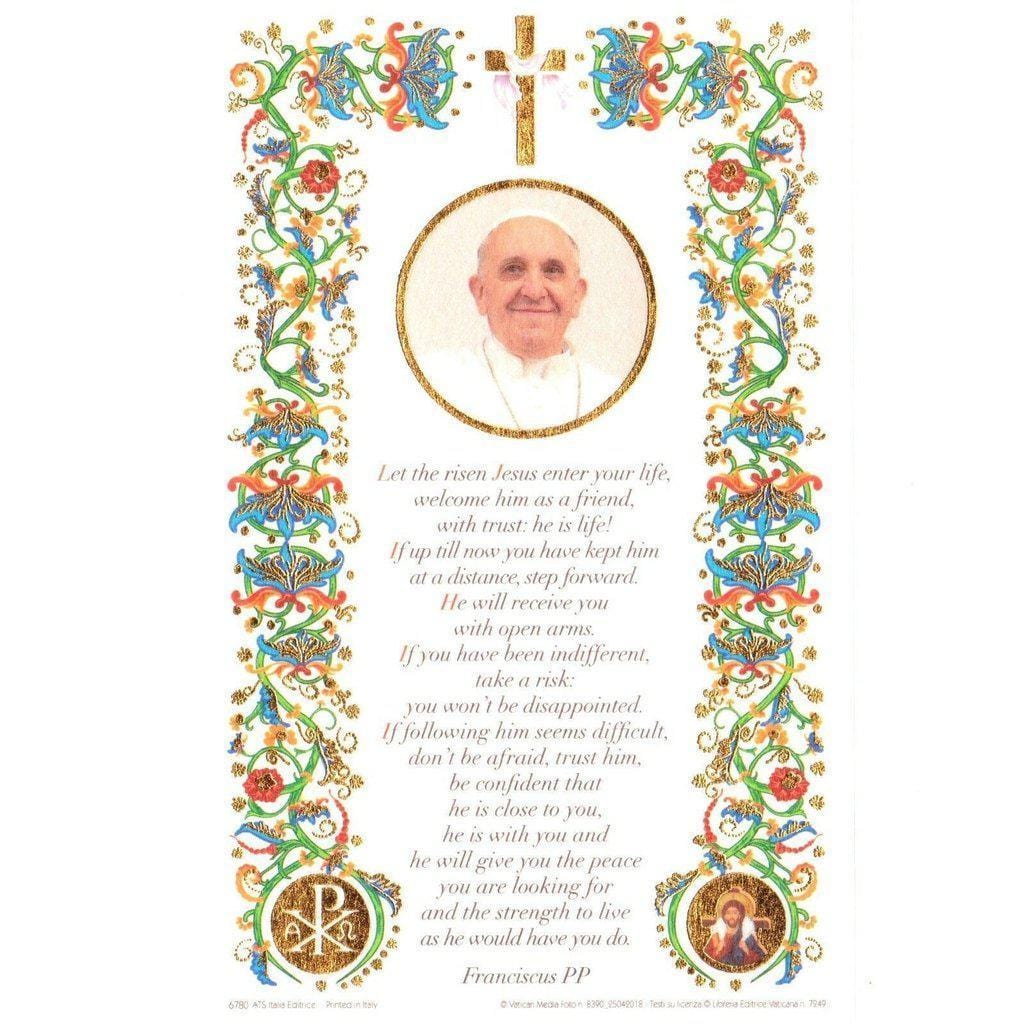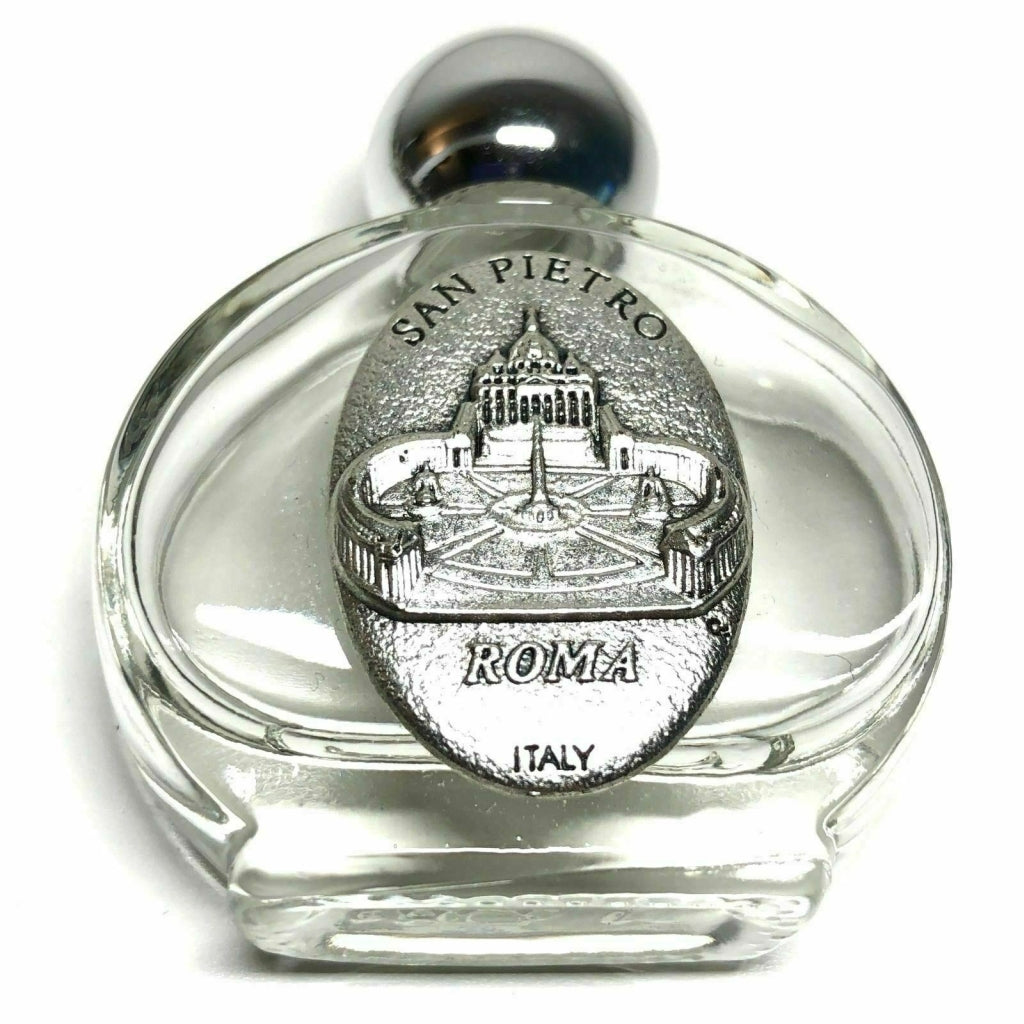The Jubilee of 2025, also known as Iubilaeum A.D. 2025, is set to be a momentous event for the Catholic Church and its faithful worldwide. Celebrated every 25 years, this Jubilee year offers a unique opportunity for spiritual renewal, forgiveness of sins, and participation in centuries-old traditions. Announced by Pope John Paul II, the 2025 Jubilee continues the legacy of previous Holy Years, including the Great Jubilee of 2000 and the Extraordinary Jubilee of Mercy in 2015-2016. This blog post will delve into the historical background, significance, rituals, and extensive preparations for this significant event, providing a comprehensive guide for all who wish to partake in this spiritual journey.
Historical Background of the Jubilee
The Jubilee tradition in the Catholic Church has its roots in the Old Testament, where it was observed every 50 years as a time of rest, liberation, and restoration. In Leviticus 25:10, it is written, "Consecrate the fiftieth year and proclaim liberty throughout the land to all its inhabitants. It shall be a jubilee for you; each of you is to return to your family property and to your own clan." This concept was adapted by the Catholic Church, with the first Holy Year proclaimed by Pope Boniface VIII in 1300. Initially, the Jubilee was celebrated every 100 years, but this interval was reduced to 25 years by Pope Paul II in 1470, allowing more generations to experience its spiritual benefits.
The Significance of the Jubilee Year
The Jubilee year is a special time of grace and spiritual renewal. It offers the faithful the opportunity to receive a plenary indulgence, which is the complete remission of all temporal punishment due to sin. To obtain this indulgence, Catholics are required to perform specific acts such as pilgrimage to designated holy sites, confession, participation in the Eucharist, and prayers for the intentions of the Pope. The theme for the 2025 Jubilee, "Pilgrims of Hope," reflects a focus on recovery, renewal, and hope, particularly poignant in the wake of global challenges like the COVID-19 pandemic.
Pope Francis has emphasized the importance of the Jubilee as a time for the Church to renew its mission of evangelization and mercy. In his letter to Archbishop Rino Fisichella, President of the Pontifical Council for the Promotion of the New Evangelization, the Pope described the Jubilee as an event of "great spiritual, ecclesial, and social significance," inviting the faithful to prepare prayerfully and participate actively in the celebrations (Vatican News).

Preparations for the Jubilee 2025
Extensive preparations are underway to ensure the successful celebration of the Jubilee. Rome is at the center of these efforts, with a budget of €4 billion allocated for infrastructural improvements to accommodate the expected influx of millions of pilgrims. These projects include the construction of underground parking, pedestrian corridors, and the enhancement of public transportation and facilities around the Vatican and other key sites.
Pope Francis has also designated 2024 as a Year of Prayer, aimed at deepening the spiritual preparation for the Jubilee. This initiative includes the publication of eight volumes titled "Notes on Prayer and Other Subsidies," which are intended to guide the faithful in their prayerful journey leading up to the Jubilee year (Iubilaeum2025).
Key Rituals and Events
One of the most anticipated rituals of the Jubilee year is the opening of the Holy Doors at the four major basilicas in Rome: St. Peter's Basilica, the Archbasilica of St. John Lateran, St. Paul Outside the Walls, and St. Mary Major. These doors are sealed shut outside of Jubilee years and symbolize the passage to salvation and grace. The opening of the Holy Doors marks the beginning of the Jubilee, inviting the faithful to enter and receive the graces associated with the Holy Year.
In addition to the Holy Doors, the Jubilee will feature numerous religious events, including special masses, confessions, pilgrimages, and acts of charity. Pilgrims are encouraged to visit the major basilicas, participate in processions, and engage in community service as expressions of their faith and commitment to the Jubilee's themes of hope and renewal.

The Four Papal Basilicas
The four Papal Basilicas in Rome are central to the Jubilee celebrations, each offering a unique blend of history, art, and spirituality:
-
St. Peter's Basilica: Located in Vatican City, St. Peter's Basilica is a masterpiece of Renaissance architecture and one of the largest churches in the world. Its iconic dome, designed by Michelangelo, offers breathtaking views of Rome. Inside, visitors can marvel at Michelangelo’s Pietà and Bernini’s Baldachin, a grand canopy over the main altar.
-
Archbasilica of St. John Lateran: As the cathedral of Rome and the official ecclesiastical seat of the Bishop of Rome (the Pope), St. John Lateran is a significant site for pilgrims. The basilica features a stunning Baroque facade and houses the Sancta Sanctorum, a private chapel with relics.
-
St. Paul Outside the Walls: This basilica, near the burial site of St. Paul, boasts a striking facade and an impressive interior adorned with Corinthian columns and mosaics. The cloister offers a tranquil space for contemplation.
-
St. Mary Major: Known for its Byzantine-influenced architecture, St. Mary Major is one of the oldest churches in Rome. It houses the celebrated icon of Salus Populi Romani and features a gold leaf-adorned coffered ceiling and beautiful biblical mosaics.
Cultural and Social Impact
The Jubilee year not only has profound spiritual implications but also significant cultural and social impacts. The influx of millions of pilgrims to Rome stimulates the local economy, creates jobs, and promotes cultural exchange. The Vatican's extensive preparations, including infrastructural improvements and public events, enhance the city's appeal and accessibility, benefiting both residents and visitors.
The Jubilee also serves as a platform for promoting messages of peace, unity, and reconciliation. By emphasizing themes of hope and mercy, the Jubilee year fosters a sense of global solidarity and encourages the faithful to engage in acts of charity and social justice.
Recommended Itineraries for Pilgrims
For those planning to visit Rome during the Jubilee year, here is a suggested five-day itinerary to make the most of the pilgrimage experience:
Day 1: Vatican City
- Start your journey at St. Peter’s Basilica, exploring its architectural grandeur and spiritual significance.
- Ascend the dome for panoramic views of Rome.
- Visit the Vatican Museums and the Sistine Chapel to admire Michelangelo's masterpieces.
Day 2: The Archbasilica of St. John Lateran
- Explore the cathedral of Rome, with its Baroque facade and Sancta Sanctorum.
- Visit the adjacent Baptistery, renowned for its intricate mosaics.
Day 3: St. Paul Outside the Walls
- Discover the historical and spiritual significance of this basilica.
- Spend time in the cloister, reflecting on the journey and significance of the Jubilee.
Day 4: St. Mary Major
- Admire the Byzantine-influenced architecture and the icon of Salus Populi Romani.
- Appreciate the biblical mosaics and the gold leaf-adorned ceiling.
Day 5: Pilgrimage and Reflection
- Engage in acts of charity and community service.
- Participate in special masses and confessions at any of the major basilicas.
- Spend time in prayer and reflection, embracing the themes of hope and renewal.
Conclusion
The Jubilee of 2025 is an extraordinary event that offers Catholics a unique opportunity for spiritual renewal, forgiveness, and deepened faith. With its rich historical background, significant rituals, and extensive preparations, the Jubilee promises to be a time of profound grace and spiritual enrichment. Pilgrims from around the world will converge on Rome, participating in traditions that have shaped the Catholic faith for centuries.
For those planning to attend, the Jubilee is not just a journey to Rome but a journey of the soul, embracing the themes of hope, renewal, and unity. Whether you are a lifelong Catholic or someone seeking a deeper connection to your faith, the Jubilee of 2025 is an invitation to rediscover the power of grace and the joy of spiritual renewal.
For more detailed information, visit the official Jubilee 2025 website and Vatican News.
Questions and Answers about the Jubilee of 2025
Q1: What is the Jubilee Year? A1: The Jubilee Year is a special year of grace and spiritual renewal in the Catholic Church, offering plenary indulgences and emphasizing forgiveness, pilgrimage, and reconciliation. It occurs every 25 years.
Q2: What is the theme of the 2025 Jubilee? A2: The theme for the 2025 Jubilee is "Pilgrims of Hope," focusing on recovery, renewal, and hope, especially after global challenges like the COVID-19 pandemic.
Q3: What are the major rituals of the Jubilee Year? A3: Major rituals include the opening of the Holy Doors at the four major basilicas in Rome, special masses, confessions, pilgrimages, and acts of charity.
Q4: How is Rome preparing for the Jubilee? A4: Rome is undergoing extensive preparations, including infrastructural improvements like underground parking, pedestrian corridors, and enhancements to public transportation and facilities, with a budget of €4 billion.
Q5: What are the four major basilicas in Rome involved in the Jubilee? A5: The four major basilicas are St. Peter's Basilica, the Archbasilica of St. John Lateran, St. Paul Outside the Walls, and St. Mary Major.
Read More on Our Blog
For a detailed exploration of the Jubilee of 2025, its historical background, significance, rituals, and a suggested pilgrimage itinerary, read our full blog post on Catholically. Here, you'll find valuable insights and tips to enhance your spiritual journey during this special year.










